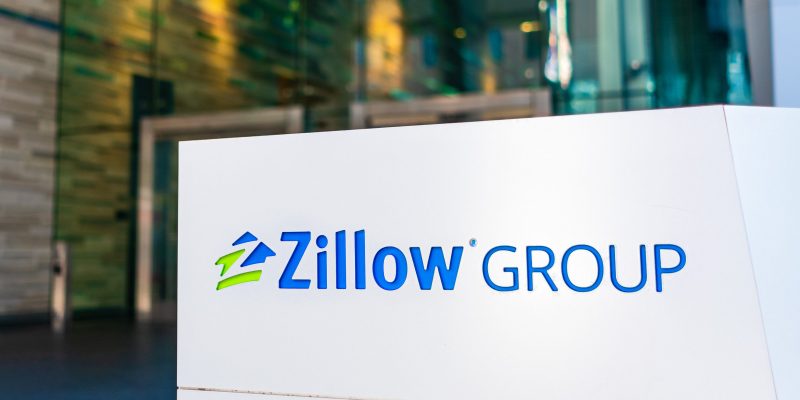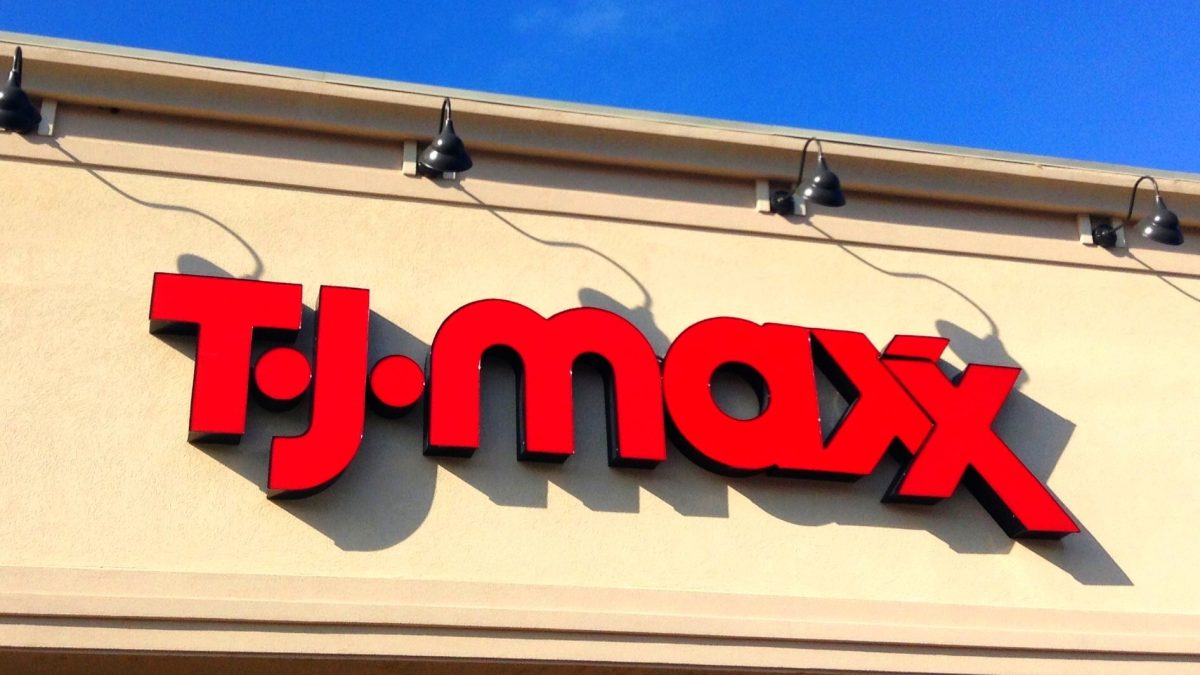
Zillow Group, Inc. (NASDAQ: Z) saw a notable upgrade today from Wedbush, with the investment firm raising its rating to “Outperform” from “Neutral” and significantly increasing its price target to $80 from the previous $50.
The upgrade is driven by Wedbush’s confidence in Zillow’s Software & Services (S&S) initiatives, which have been instrumental in propelling the company’s revenue growth ahead of the national existing home market for several quarters.
Wedbush also raised its FY25 revenue estimate to $2.5 billion, up from $2.4 billion, and adjusted its AEBITDA (adjusted earnings before interest, taxes, depreciation, and amortization) estimate to $679 million from $600 million.
The analysts believe that Zillow’s strategic positioning, particularly in its S&S offerings and core brokerage services, positions the company to capitalize on the current favorable trends in the housing market, particularly as mortgage rates continue to decline.
Zillow’s double-digit revenue growth
Zillow has been strategically enhancing its market presence and services, as highlighted during the recent Goldman Sachs Communacopia + Technology Conference.
The company’s CFO, Jeremy Hofmann, reiterated Zillow’s commitment to double-digit revenue growth and modest EBITDA margin expansion despite a challenging housing market.
Zillow’s revenue has consistently grown by double digits year-over-year, with Q2 2024 revenue increasing by 13% to $572 million, surpassing the company’s guidance and outperforming the broader residential real estate market.
This growth has been fueled by strategic investments made over the past two years, which are now starting to contribute significantly to the company’s top line.
Zillow Q2 earnings overview
Zillow’s Q2 2024 earnings were particularly strong, with revenue surpassing expectations at $572 million, a 13% year-over-year increase.
The residential segment, which is crucial to Zillow’s overall performance, grew by 8% year-over-year, achieving $409 million in revenue, which significantly outpaced the 3% growth seen in the broader residential real estate market.
Moreover, Zillow’s rentals segment also showed robust performance, with revenue growing 29% year-over-year to $117 million, driven primarily by a 44% increase in multifamily revenue.
However, Zillow did report a net loss of $17 million, which was a slight improvement from the $35 million net loss in the same quarter last year.
Zillow stock: near-term challenges
Zillow faces both headwinds and tailwinds as it navigates the current market environment.
On the positive side, the company benefits from declining mortgage rates, which are expected to drive increased homebuyer activity.
Additionally, Zillow’s enhanced market strategy, which includes the expansion of real-time touring and integrated mortgage services, is expected to provide durable growth opportunities.
However, the company is also contending with a flattish housing market and a potential slowdown in the residential segment, particularly among first-time homebuyers who are struggling in the current economic environment.
The ongoing settlement with the National Association of Realtors (NAR) could also introduce some uncertainty, although Zillow believes it is well-positioned to navigate these changes.
The company’s ability to grow its residential revenue while expanding its EBITDA margins suggests that it is on track to achieve its long-term financial targets.
Zillow’s top-of-funnel dominance, as evidenced by its commanding lead in search traffic and app usage, provides a strong foundation for continued growth.
Now that we’ve explored the key developments, fundamental performance, and market outlook for Zillow, let’s turn our attention to the stock’s price trajectory.
This technical analysis will help us assess whether Zillow’s stock is poised to capitalize on the positive fundamentals and the recent analyst upgrade, or if there are potential resistances on the charts that could impact its short-term performance.
Zillow stock technical analysis
Having fallen from above $200 to below $30 between early 2021 and late 2022, Zillow’s stock has largely traded in a $40-$60 range since then.
Source: TradingView
Currently, the stock is trading at the top end of this range providing an entry opportunity to both bulls and bears.
Investors who are bullish on the stock must wait for it to provide a decisive breakout above the range by giving a weekly closing above $61.15.
If it manages to do that, the stock can reach levels above $78 soon.
Traders who are bearish on the stock can initiate a short position at current levels near $60 with a very small stop loss at $61.8.
If the stock yet again manages to retrace from current levels, it can fall back to $40 in the coming months, where one can book profits.
The post Wedbush upgrades Zillow to ‘Outperform’ with $80 price target: should you buy? appeared first on Invezz











